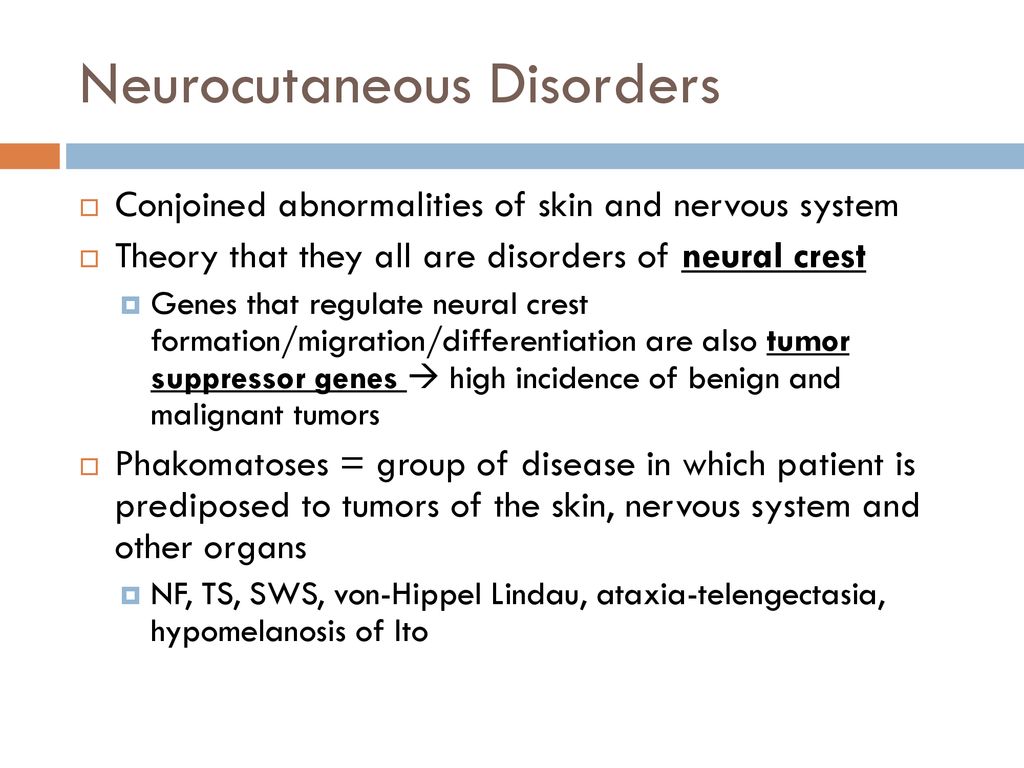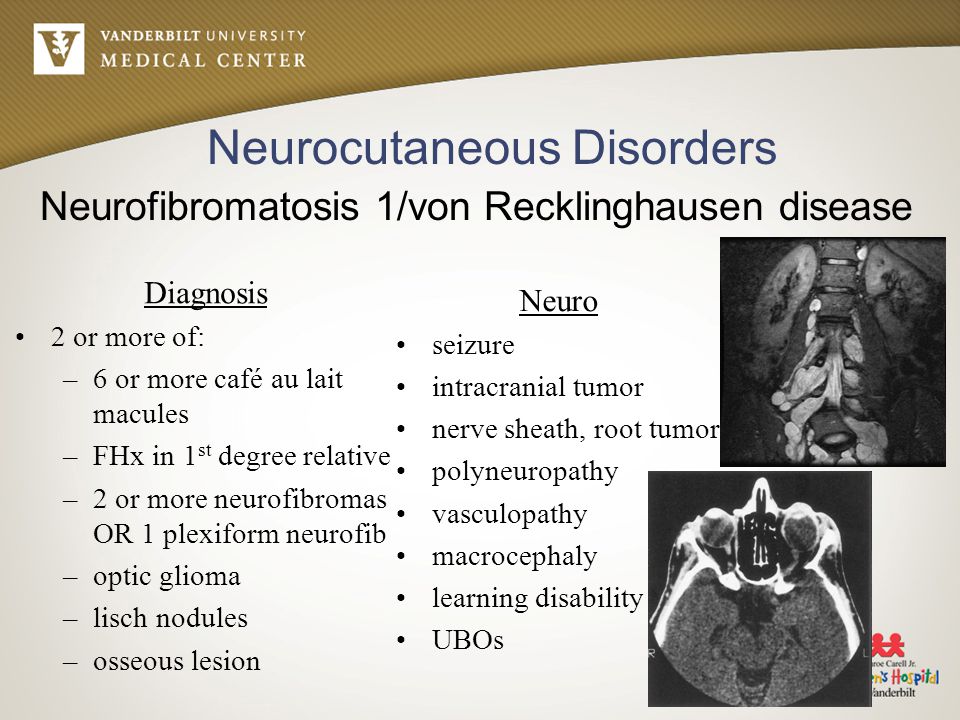Neurocutaneous disorders: Understanding, and Responding

Brain, spine, and peripheral nerve diseases are collectively referred to as neurocutaneous syndromes. These chronic illnesses cause tumors to develop in the epidermis, bones, brain, spinal cord, and bones.
Neurofibromatosis, tuberous sclerosis, and Sturge-Weber syndrome are the three most prevalent types of neurocutaneous disease. Despite the fact that all three of these illnesses are congenital, neurofibromatosis can also develop sporadically as a consequence of a gene mutation that appears later in life. Since there is no cure for any neurocutaneous syndrome, therapy focuses on extending life and enhancing the quality of life.
Symptoms
The symptoms that present themselves differ considerably between illnesses and people. The effects frequently do not show up right away and only become noticeable as a kid matures and develops. Children with these conditions face not only physical complications but also scholastic and social challenges that necessitate support throughout their lives.
Type 1 Neurofibromatosis
The presence of light brown patches on the epidermis, also known as “café-au-lait” spots, is the main sign of neurofibromatosis type 1. Additionally, neurofibromas, which are benign tumors, develop in the patient’s body’s various organs, especially the brain, and nerves. Malignant neurofibromas only very infrequently, in less than 1% of cases, develop in affected people.
As the patient approaches adolescence, small tumors known as Lisch nodules may form; however, these tumors are generally benign and rarely cause issues. Other signs that the individual may experience include scoliosis, facial pain, hearing loss, headaches, and seizures. The illness is also linked to hyperactivity, cognitive challenges, and intellectual disability.
Type 2 neurofibromatosis
Neurofibromatosis type 2, also known as bilateral acoustic neurofibromatosis, is defined as tumors that develop on the eighth cranial nerve. The tumors cause hearing loss, trouble moving the face, headaches, and issues with balance and mobility. Although these symptoms are much less frequent than in type 1 neurofibromatosis, neurofibromas, seizures, and café-au-lait patches are additional symptoms connected to neurofibromatosis type 2.

Tuberous Sclerosis
Growths called “tubers” that form inside the brain and eye are a defining feature of tuberous sclerosis. The disease also affects the skin, skeletal bones, kidneys, spinal cord, lungs, heart, and many other body organs. Learning disabilities, cerebral disabilities, seizures, and developmental delays are a few of the issues this illness can cause.
Sturge-Weber syndrome
A port-wine stain on the newborn’s forehead is the most typical sign of Sturge-Weber syndrome. In most cases, this manifests as a flat, reddish, or purple mark across the brow and close to the eyes. This birthmark develops as a result of an overabundance of tiny blood vessels under the epidermis.
Additionally, glaucoma, a disease that causes pressure to build up in the eye, could be present at birth in the infant. Visual disturbances, intellectual disability, seizures, and muscular weakness are a few of the signs of Sturge-Weber syndrome. This disease doesn’t impact the body’s other organs, unlike neurofibromatosis and tuberous sclerosis.
Management
Neurocutaneous disorders are chronic, incurable diseases. As a result, the goal of therapy is to manage symptoms, which frequently entails input from a multidisciplinary team of experts.
A pediatrician, ophthalmologist, neurologist, neurosurgeon, nurse, and rehabilitation specialists like occupational, physical, and speech therapists are some of the healthcare professionals engaged in managing a patient with a neurocutaneous syndrome.
The main goals of treatment are to help the patient become independent at home and in the community while avoiding or limiting the onset of deformities.
